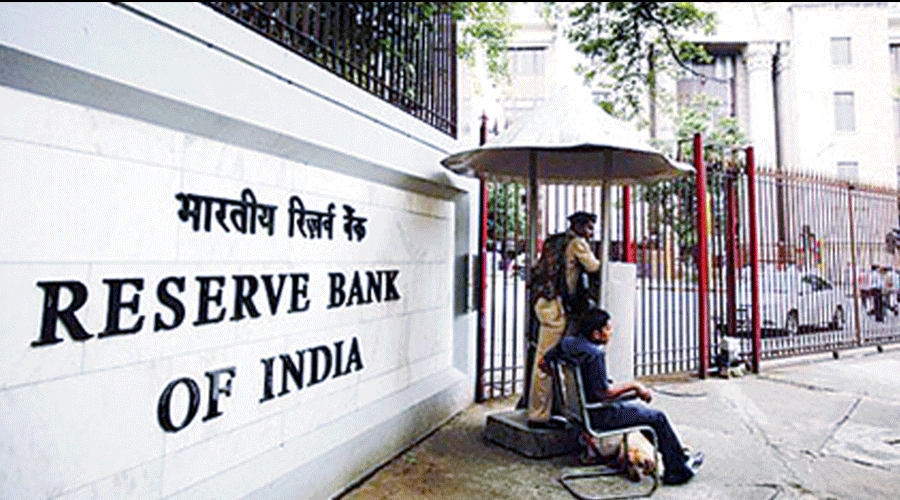Small savings interest rates are set to go up from next month after a gap of two years. Analysts said the sharpi ncreases in G-Sec yields will push up the small savings rates — protecting those with fixed incomes such as senior citizens.They expect the finance ministry to raise the rates from July 1. The ministry reviews the rates every quarter.
The Centre may revise upwards the rates on PPF, National Saving Certificate and senior citizen saving schemes,among others. There has beena sharp increase in the yields on govt security papers (G-Sec) after the Reserve Bank of India raised key interest rates by nearly a percentage point.
The Public Provident Fund (PPF) fetches a 7.1 per centannual interest rate, while the NSC earns 6.8 per cent.
At present, 7.6 per cent interest is available on Sukanya Sam-ridhi Yojana and 7.4 per cent on Senior Citizen Tax Saving Scheme. Apart from this, 6.9per cent interest is being givenon Kisan Vikas Patra.
The interest rates were re-duced sharply by 40-110 basis points in the first quarter oflast fiscal, only to be rolled back, with the finance minis-ter saying the “orders issued by oversight shall be with-drawn”.
The reduction of the rates and their withdrawal hap-pened in the run-up to the Ben-gal Assembly elections.
A large number of people, especially older Indians, de-pend on various small saving schemes, which provide high-er interest rates than most banks and are backed by the government.
“We expect the interest rates on small savings schemes to be hiked for Q2 FY2023, given the sharp increases seen in the G-Sec yields of various maturities, to which such rates are linked,” Aditi Nayar, chief economist, Icra said.
She said an increase insmall savings rates couldlead to higher flows into suchschemes, limiting the needfor additional dated marketborrowings to absorb anypotential overshooting of theGovernment of India’s fiscal deficit, which is projected at under Rs 1 lakh crore.This would also lessen the nervousness of the bond market and help to cap G-secyields. “Based on our expecta-tion of 60 bps of hikes in Q2 FY2023, we expect the10-year G-sec yield to rise toas much as 7.75-8.0 per centduring the upcoming quarter,from the prevailing 7.4 percent,” Nayar said.
The G-Sec yield on the1-year paper has shot up to 5.26per cent from March to May from 3.88 per cent between De-cember and February and 3.50 per cent between Septemberand November 2021.The yield on the 2-yearpaper rose to 5.65 per cent fromMarch to May from 4.72 per cent (December and Febru-ary) and 4.41 per cent between September and November.On a 5-year paper, the yield rose to 6.79 per cent (March-May) from 6 per cent (Decem-ber and February) and 5.69 per cent from September-November 2021.











